2019 MLB Season: MLB Testing Rule Changes in Atlantic League

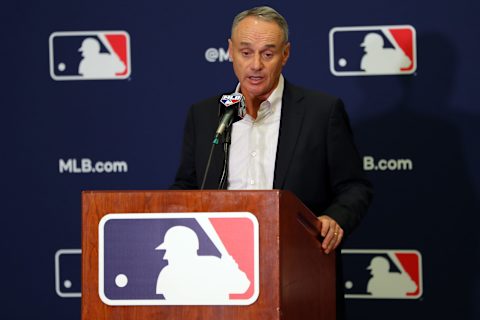
Major League Baseball is not shy about wanting to make rule changes in the near future. This is precisely why during the 2019 MLB season, MLB plans to test potential rule changes in the Atlantic League.
The list of potential rule changes coming to baseball goes on and on. For example, ahead of the 2019 MLB season, MLB plans to continue limiting mound visits. Its also looking like the 20-second pitch clock will be used in regular season games very soon.
Many in the older generation believe that baseball should not change at all, but there’s no doubt that in such a competitive media landscape, baseball is struggling to get eyes on its product. I want to make one thing clear, I love baseball how it is, and I would watch four-hour games regularly. However, I understand that many casual fans don’t feel the same way, and I wouldn’t mind if there was a little less dead time during games.
Every rule change, even an extremely minor one, has unintended consequences. There are some rules that MLB thinks may improve the game, but they don’t want to implement them without testing. Which is why, on Friday, MLB announced a partnership with the independent Atlantic League to test out experimental rules.
It’s certainly possible that some of these rules will never advance past the Atlantic League. But it’s worth noting that MLB is making moves to test these ideas, which shows a certain level of interest. Some of these changes are minor, some are major, and these rules try to address different aspects of the game.
Now, let’s take a look at the seven rules, ranked from worst to best.
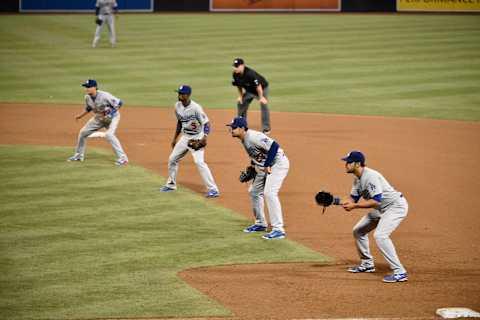
Banning the Shift
Let’s start with how baseball plans on experimenting banning the shift during the 2019 MLB season. This rule will require two infielders to be on each side of second base when a pitch is released (if not, the ball is dead and the umpire shall call a ball)
The infield shift is being used more and more around major league baseball. Although the numbers show that the shift only makes a marginal difference to outcomes, it certainly changes the aesthetic of the game. Even 10 years ago, a sharp ground ball up the middle was almost always destined for center field. But now, the shortstop is often able to make a routine play on that kind of hit.
The strange thing about the “shift” debate is that it’s often traditionalists who argue for it to be outlawed, despite the fact that there have never been rules about where infielders or outfielders can position themselves. Banning the shift discourages innovation in the game and force teams to play an anachronistic style of baseball.
This rule comes with some benefits, like marginally increasing offense and incentivizing players to put the ball in play more often. But overall, this is a reductive solution to a nonexistent problem that hopefully never sees the light of day in MLB.
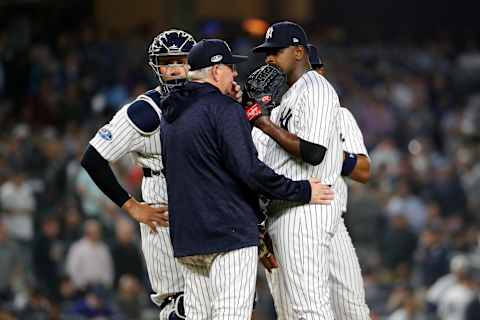
Limiting Mound Visits Further
Already a rule in baseball, during the 2019 MLB season, MLB will experiment limiting mound visits even further. In fact, this rule calls for no mound visits by players or coaches other than for pitching changes or medical issues
Mound visits take up time and slow down the pace of the game. There’s no doubt about that, and that’s why MLB has tried to limit them. But they also have value. There are plenty of examples where a pitcher seems on the verge of a meltdown before a chat with their catcher or pitching coach that calms him down.
Limiting pitching changes is one thing, but eliminating them entirely seems a bit imprudent. This rule could lead to pitchers being lost on the mound without any guidance.
On the other hand, these reasons are why MLB is simply testing out this rule, rather than implementing it right away. This rule would speed up the pace of the game, which is obviously one of MLB’s main goals with these initiatives. It also should increase offense, and many of these rules suggest that MLB is looking to bump up run scoring. But right now, this rule doesn’t seem like a very good idea.
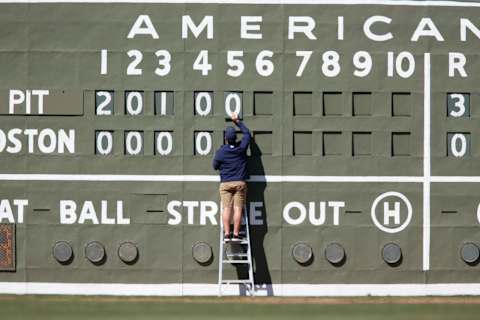
Limiting Time Between Innings
Another rule to be experimented on during the 2019 MLB season calls for limiting the time between innings and pitching changes from 2:05 to 1:45
This one is rather minor, and it doesn’t seem like it would have any real impact on the game. The biggest impact of this would be on baseball’s business interests, as cutting off 20 seconds of commercials would take a significant chunk out of MLB’s revenue.
The question that led me to put this one so low on my list is this: why does MLB feel like it needs to test this out? It seems like if MLB really wanted to implement this, they could do it tomorrow and it wouldn’t change anything in the game.
Is it possible that less time for pitchers to warm up could increase injuries? Maybe, but probably not. Maybe MLB is simply testing this rule for PR reasons, as it would suggest that they are willing to take a hit to their revenue to speed up the game without any actual intention to do it in major league games. It’s strange that this rule change is on the list.
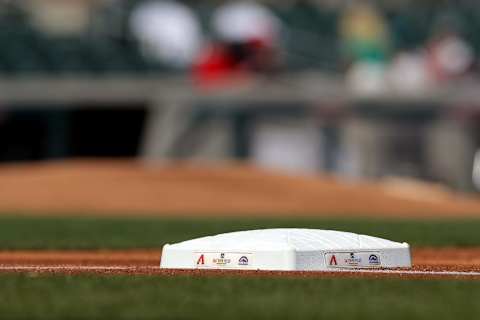
Increasing the Size of First, Second, and Third Base
Another rule to be experimented on during the 2019 MLB season calls for the Increase in size of first, second and third base from 15 inches square to 18 inches square
Well, they say baseball is a game of inches.
I felt this one belonged right in the middle of this list because I really have no opinion on it. After wracking my brain, my best guess on the goal of this rule is to increase offense in a way that’s imperceptible to the human eye. It would allow baserunners to get the bag slightly faster and give more room to sliding players to get their hand on the bag.
As with the shift rule, it may incentivize batters to put the ball in play more often as they have a greater chance of beating out a ball on the ground. But it’s such a small difference that I’m not sure that this will actually bear true. If there’s some kind of aspect about this rule change that I am omitting, please let me know in the comments.
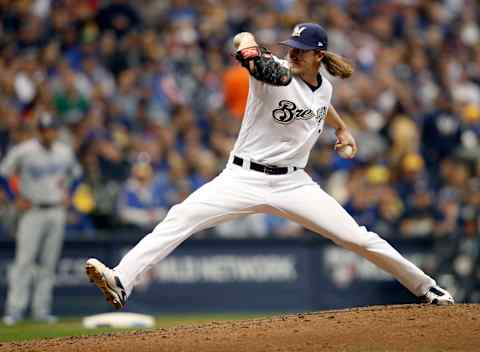
The Three-Batter Minimum
The third best rule change being experimented on during the 2019 MLB season calls for pitchers to face a minimum of three batters, or reach the end of an inning before they exit the game unless the pitcher becomes injured
I have completely changed my mind on this rule. I used to believe that there should be no legislation stopping managers from using their pitching staff however they see fit. But as the specialization of pitchers has increased and mid-inning pitching changes have gone through the roof, I’ve had a change of heart.
This rule would heavily cut down on mid-inning pitching changes, which would speed up the game significantly. It would also increase offense, particularly in the later innings.
This may effectively kill the LOOGY, but sometimes sacrifice is necessary for the greater good. The most likely reason why MLB feels the need to test this out in the Atlantic League is to see what kind of effect it has in practice, and that seems like an admirable goal.
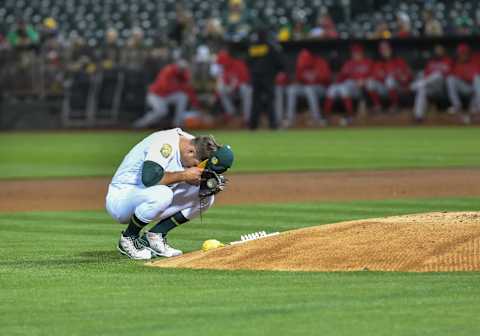
Moving Back the Mound
Perhaps the most consequential rule change being experimented on is extending the distance from pitching rubber to home plate by 24 inches. The rule will be tried during the second half of the 2019 MLB season only; with no change to mound height or slope
This one is weird as hell and I am here for it. There some precedent for a similar rule change, as MLB lowered the mound after the 1968 season as pitchers had become so dominant over hitters. Of all of the rule changes that MLB is testing out, this seems by far the most influential.
Two feet is a lot. In theory, this rule would increase offense and cut down on the extremely high number of strikeouts in today’s game. But it’s not clear how much this change would affect the game, and that’s why it’s really smart for MLB to test this out before implementing it.
There are so many questions about this idea that needs to be seen to understand. Is two feet too much? Will this shift the balance from pitching to offense too much? It’s impossible to know.
The decision to enact this change at the halfway point of the season makes a ton of sense. It will allow MLB to create a control group to more accurately see what kind of impact this rule change will have. After it’s over, I could end up hating this rule. But right now, it seems fun. Why not?
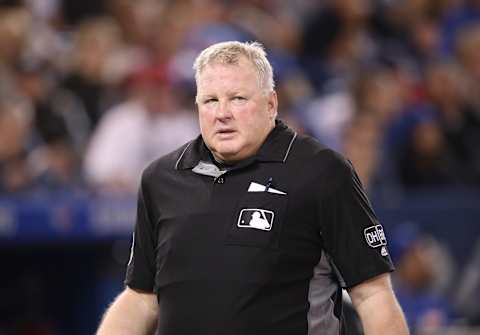
Robot Umpires
The best rule change being experimented on during the 2019 MLB season, in my opinion, is home-plate umpire assisted in calling balls and strikes by a TrackMan radar tracking system
More from Call to the Pen
- Philadelphia Phillies, ready for a stretch run, bomb St. Louis Cardinals
- Philadelphia Phillies: The 4 players on the franchise’s Mount Rushmore
- Boston Red Sox fans should be upset over Mookie Betts’ comment
- Analyzing the Boston Red Sox trade for Dave Henderson and Spike Owen
- 2023 MLB postseason likely to have a strange look without Yankees, Red Sox, Cardinals
Oh yeah baby, bring on the robots.
Finally, MLB is seriously considering allowing technology to help umpires call balls and strike. For years, MLB has evaluated umpires using this data, so why not cut out the middle man?
I know that umpires are good at their jobs. But they’re human, and we’re at a point where technology is much better at determining balls and strikes than any human could.
I can’t stand the “human element” argument against robot umpires. The umpires are not playing the game, and they should never be the story. They are inconsistent at calling balls and strike, plain and simple. We have the technology to make it so much better, and we should not shy away from it because of tradition.
Next. Baseball Movies: The Top 10 Best in Cinematic History. dark
There are questions about how this will work in practice. It seems as though there will be some sort of system that alerts the home plate umpire whether a pitch was in the strike zone, but the umpire will still physically call the balls and strikes. Will there ever be instances where the system glitches and the umpire has to overrule it? It’s impossible to know, but I’m very happy that we’ll find out.